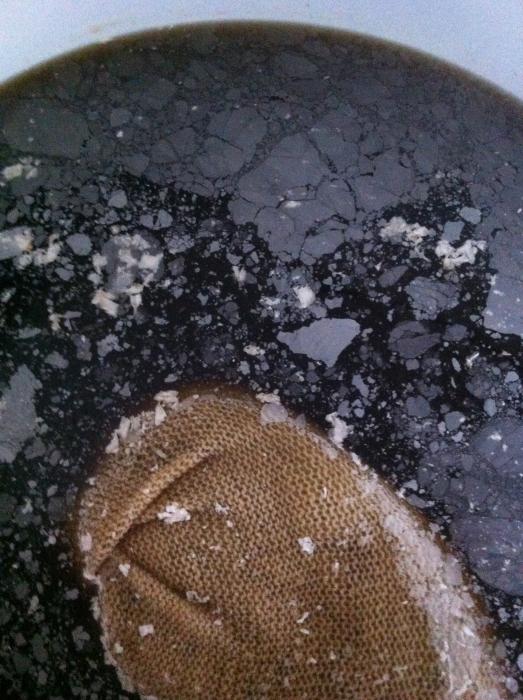Hey there guys,
I was wondering if you could help me figure this out, in my last two beers when adding my dry hops I opened up the carboy everything looked awesome, added my dry hop bag, which I bleached overnight and then before going into the carboy I washed it again with idophor, but both times 5 days later after opening up the carboy, I found this. This is an infection right? Its so frustrating.


I was wondering if you could help me figure this out, in my last two beers when adding my dry hops I opened up the carboy everything looked awesome, added my dry hop bag, which I bleached overnight and then before going into the carboy I washed it again with idophor, but both times 5 days later after opening up the carboy, I found this. This is an infection right? Its so frustrating.



